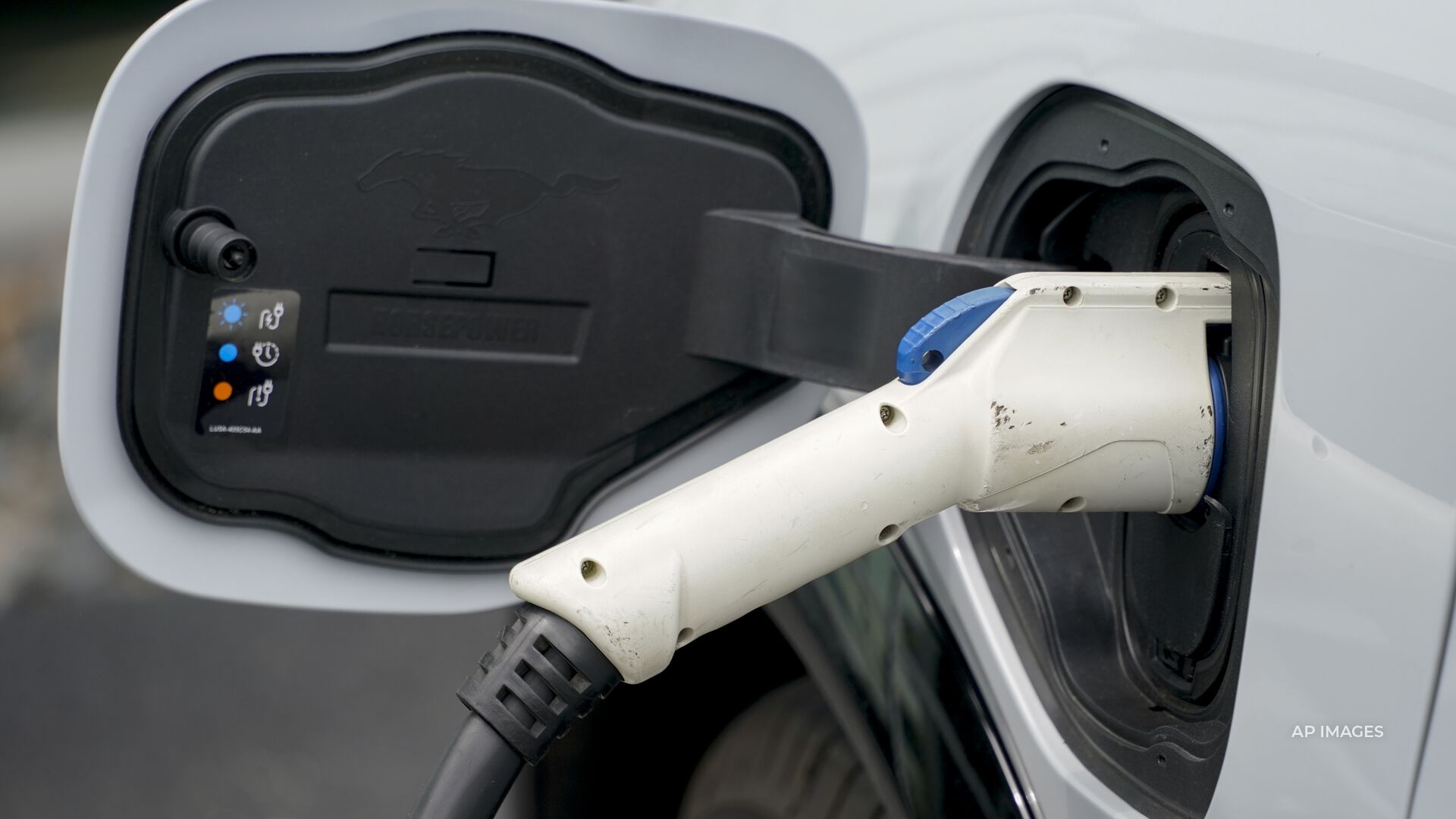
FIRE OFFICIALS ARE COMPARING ELECTRIC CAR FIRES TO TRICK BIRTHDAY CANDLES.
SAYING ONCE YOU THINK YOU HAVE THE FIRE OUT, IT COMES BACK, AND IT COMES BACK AGAIN.
LITHIUM-ION BATTERIES ARE POWERFUL AND VOLATILE.
THEY BURN HOTTER, THEY BURN LONGER, THEY SPREAD FASTER…
ACCORDING TO FIRE OFFICIALS.
HURRICANE IAN IS PROVING THE PROBLEM TO BE TAXING.
FLORIDA’S STATE FIRE MARSHALL SAYING E-V’S ARE DISABLED FROM FLOODING.
AND CORRODED BATTERIES ARE IGNITING FLAMES.
FIRE DEPARTMENTS HAVE LONG SAID THEY ARE INADEQUATELY TRAINED FOR ELECTRIC VEHICLE FIRES.
A SAFETY HAZARD…AMID A NATIONAL PUSH TO GO ELECTRIC.
RIGHT NOW…LESS THAN ONE PERCENT OF CARS ON THE HIGHWAYS ARE E-V’S.
BUT WITH ALL MAJOR MANUFACTURERS GOING GREEN…
AND TAX BREAK INCENTIVES FOR AMERICANS TO BUY ELECTRIC…
THE TIME IS TICKING FOR FIREFIGHTERS TO ACCLIMATE.
BUT IT’S NO EASY TASK.
ACCORDING TO TESLA’S GUIDE ON WHAT TO DO IF A FIRE ERUPTS…
JUST USE A LOT OF WATER.
BUT A LOT OF WATER IS AN UNDERSTATEMENT FOR FIRE DEPARTMENTS.
IN SOME CASES USING UP TO 30 THOUSAND GALLONS OF WATER TO PUT THE FIRE OUT.
THAT’S MORE WATER THAN AN AVERAGE HOME USES IN TWO YEARS






